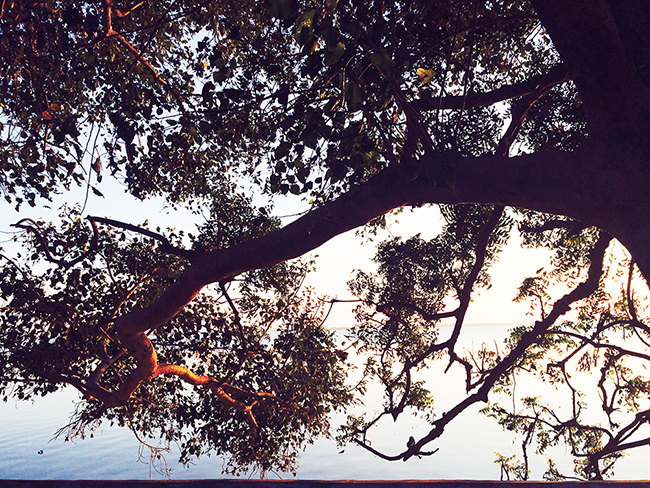Registered with the Registrar of Newspapers for India under R.N.I 53640/91
Vol. XXXIII No. 24, April 1-15, 2024
Before we gloat over Bangalore’s water shortage…
-- by The Deputy Editor
The last few weeks have seen several news items on Bangalore city’s water crisis. It is indeed a sad spectacle to see what was once a green city now grappling with appalling shortage of one of life’s most essential elements. What was even more saddening was the spate of posts on social media by seemingly delighted Chennai citizens who congratulated themselves over how their city had weathered such crisis long ago. Nothing could be more self-deluding than that. Firstly, Chennai’s water crisis is not over and will never be. Secondly, for a city that had water scarcity from inception, we seem to be nowhere near a solution.
Chennai’s water supply history can be divided into many phases. The first of these was the longest – lasting over two centuries when the challenge was more of obtaining water of good quality. That was handled in piecemeal fashion – the ruling elite and the upper classes obtained water from great distances while the poor simply managed with what they had. The problem was mitigated to an extent by the availability of lakes and natural ponds in plenty though during peak summer these tended to go dry. The second phase, which was defined by a drive to ensure water supply at the doorstep by means of pipes, began in the mid 1800s. The Kosasthalaiyar was tapped and from then on began a long chain of events, the first of which was the Cooum running dry. But we did embark on purified water supply and tapping water bodies at some distance to supply water to the city. This in a sense is still work in progress – you need to realise that most new areas of the city, including the so-called new world OMR do not have piped supply. Water tankers are the lifeline there and long before Bangalore, they showed us what they were capable of by going on strike.

The Veeranam Tank – it is only by relying heavily on water sources like these that Chennai has managed. And not because of any discipline among its citizenry.
That ground water could run dry became manifest to Chennai residents very early on and this marks the third phase. The first such crisis was in the early 1970s. We learnt of deep and deeper borewells and there was talk of bringing water from further away – the Palar, Veeranam and later the Krishna all became possibilities and each would become a source for the city, though only after decades and enough and more political and bureaucratic bungling. And our population continued to grow, far in excess of the water we could supply to it. Prayer and miracles were also sought out. And long before the term became common, we knew of cloud seeding.
Come the 1990s we got onto rainwater harvesting (RWH) – our fourth phase and even now, only a miniscule population believes in it. But even that small percentage has helped mitigate the city’s water crisis to an extent -an indicator as to what full-scale RWH can do. It is compulsory on paper but most real estate developments give it the go by, obtaining compliance certificates by unfair means. Our fifth phase sees us dependent on technology desalination is now the new mantra though at what environmental and energy cost remains to be seen.
What is distressing is that Chennai still does not want to look at solutions that are sustainable. The failure of RWH implementation has already been mentioned. We continue to encroach on natural lakes and reservoirs. And we don’t have new reservoirs to trap and store rainwater from the rivers and roads. Much of this goes to the sea. In reality we have survived because we have not had in recent times the kinds of prolonged droughts we faced in the 1970s and 1980s. And yet we seem to be happy making fun of Bangalore.


Pingback: Before we gloat over Bangalore’s water shortage… - Madras Heritage and Carnatic Music